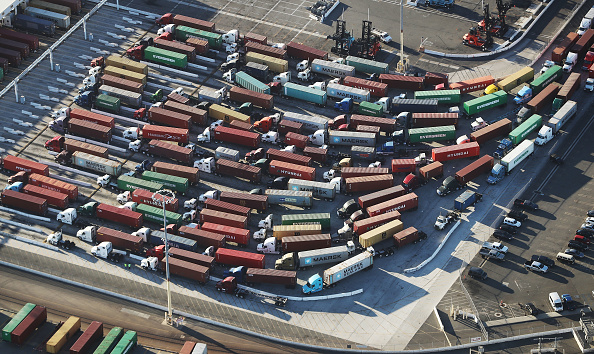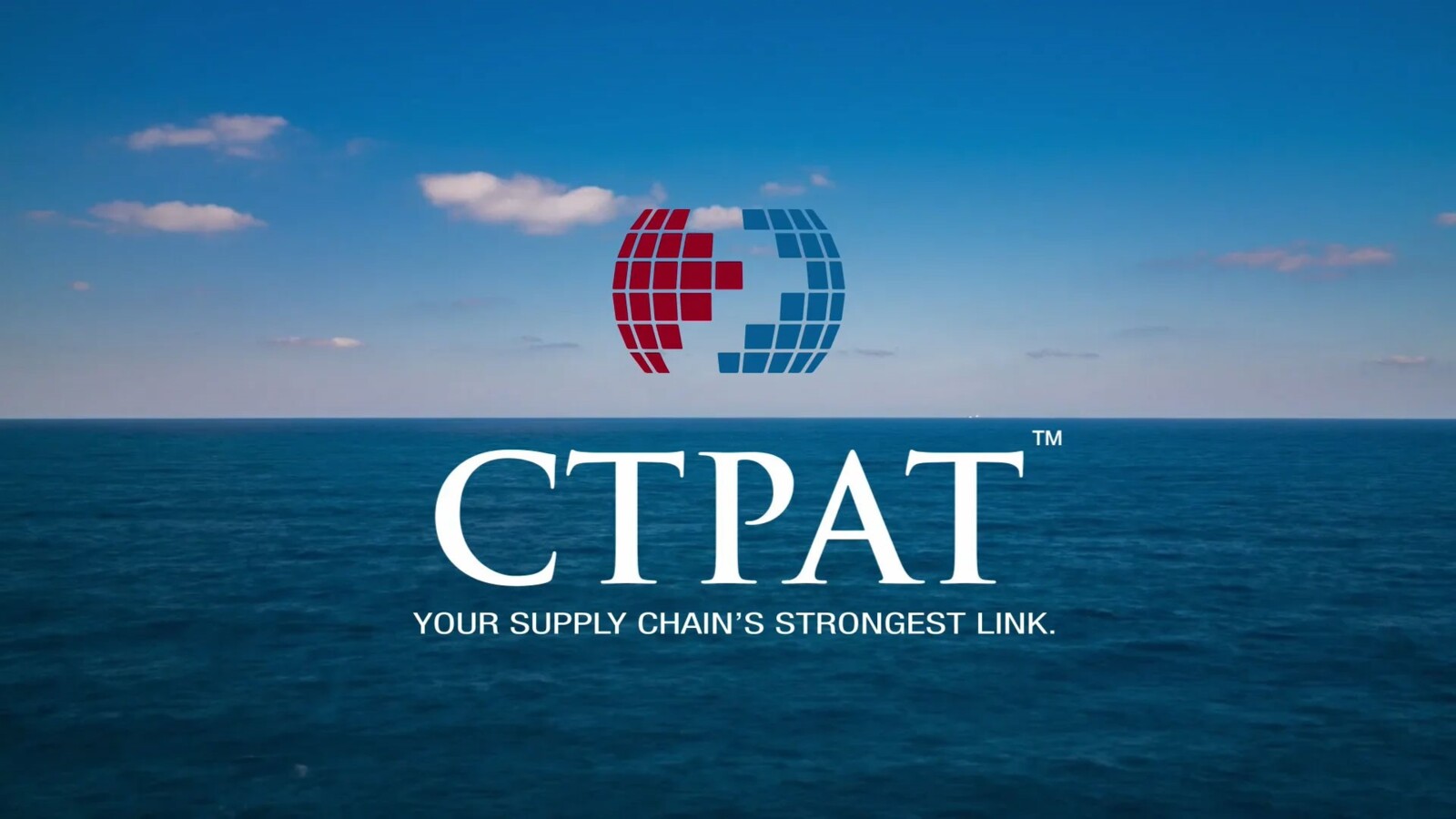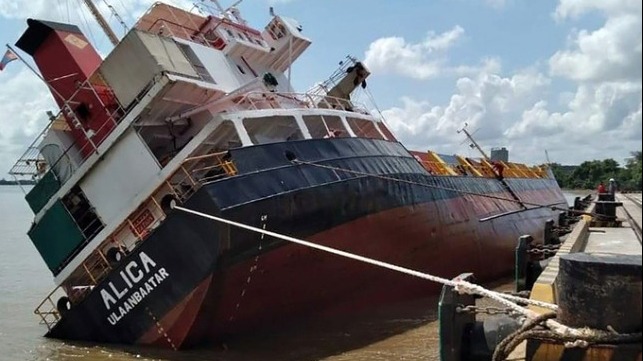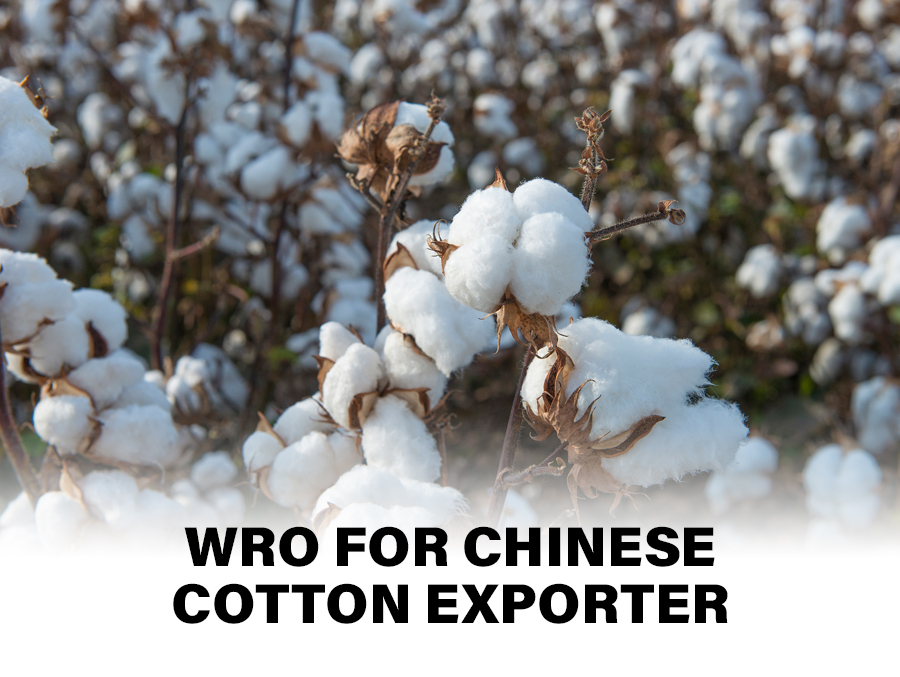You’ve probably been reading across a variety of publications about the congestion that we’re experiencing here in Southern California. We wanted to take a moment to share with you what we’re seeing and experiencing to best explain the situation and why the congestion, delays and cascading effects on local pickups and deliveries and inland movement of containers is so impactful.
Carrier actions:
- Steamship lines have been both blanking sailings and constraining capacity on the vessels they are operating, causing a cascading effect on capacity and creating artificial constraints.
- Those artificial constraints are also contributing to rates that have sunk and soared in 2020 with rates doubling from March until now.
- Carriers choices to operate smaller vessels and constrain capacity have created a critical equipment imbalance where empty containers are not getting back to Asia to be loaded with finished manufactured goods.
- Manufacturing capacity of China’s container factories is booked until February, 2021.
The trade deficit:
- In August, the US trade deficit reached its highest level in 14 years.
- The trade deficit climbed 3.9% to reach $82.9 billion dollars.
Los Angeles and Long Beach are experiencing record volumes:
- The Port of Los Angeles processed 883,625 Twenty-Foot Equivalent Units (TEUs) in September, an increase of 13.3% compared to 2019. It marks the busiest September as well as the best single three-month quarter – 2,701,847 TEUs – in the Port’s 114-year history.
- In Long Beach, trade was up 12.5% in September compared to the same period in 2019. Dockworkers and terminal operators moved 795,580 cargo container units and broke the “best month” record set just two months ago. The previous single-month record of 753,081 twenty-foot equivalent units (TEUs), set in July 2020, was surpassed by nearly 42,500 TEUs.
Appointment slots are filled and wheels are in short supply:
- The ports operate on an appointment system and the influx of containers which are both arriving and terminating locally for transload because of the delays means that there aren’t enough daily slots to keep up with the containers which require being pulled and returned.
What does this mean for shippers? It means that we are working diligently with our carriers on behalf of our customers to honor bookings, make cargo available and ensure that containers destined for inland destinations by rail are placed on trains and moving as quickly as reasonably possible given then current conditions. We strongly encourage our clients who have cargo that requires expediting or diverting to please notify us as early in a shipment’s journey as possible so that we may begin the process of terminating a bill of lading, arranging clearance at the arrival port and, if required, securing trucking and warehouse capacity to transload containers as needed.
If you have any additional questions, please speak to your Ken Hamanaka Co. representative or call our office at (310) 216-4286.






